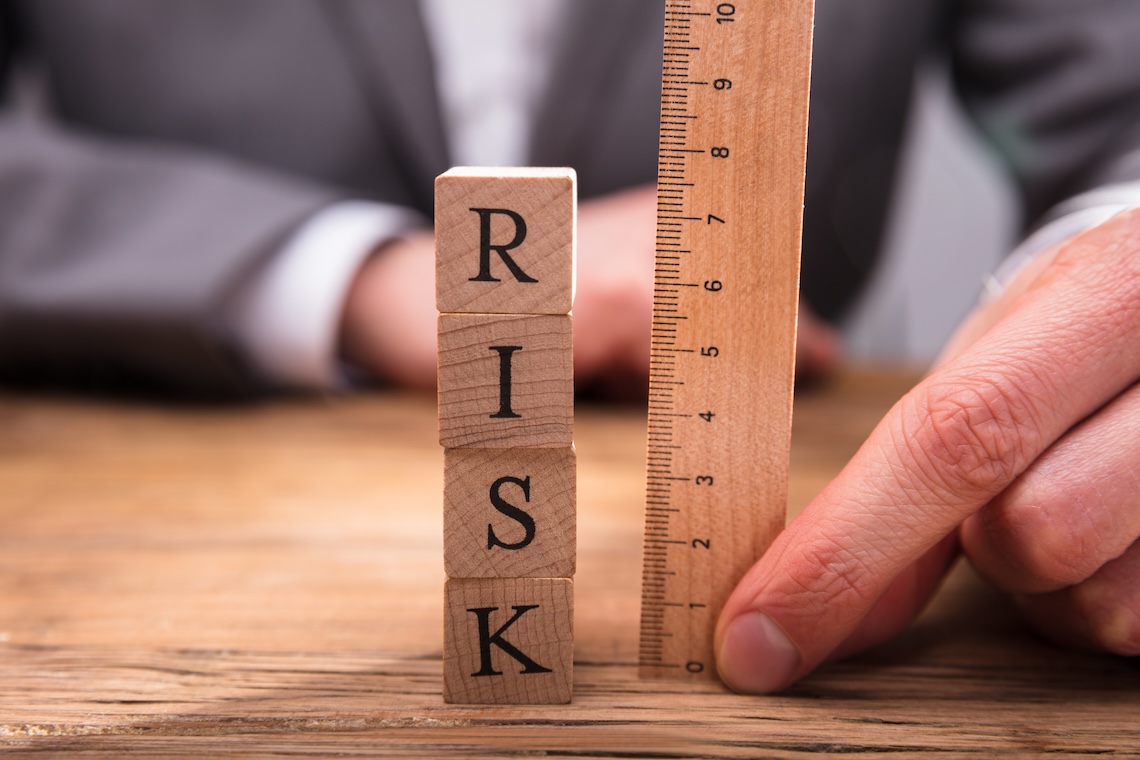WHS performance metrics have traditionally been lagging in nature – that is, based on reviewing the events that have passed and reporting on the injuries, the productive time-lost and the associated workers’ compensation claims that have already occurred. While understanding historical trends can be important, the process is essentially a reactive one.
While an Organisation’s Senior Executives (or ‘Officers’) do need to be aware of workplace incidents as part of their Due Diligence (sec 27(5)) duties, this is only one component of clause (d) in sec 27(5), while the broader management of workplace risks is embedded in three of the other Due Diligence clauses. But does reporting to Senior Management talk to the management of WHS risks three times as much as it does to lagging indicators? The answer is typically no.
There is an evident need to shift towards more proactive, risk-based metrics and leading indicators as organisations strive to improve safety outcomes and foster a culture of continuous improvement. And this reporting needs to be identified as part of the information needed by Senior Executives to enable them to ensure they are in a position to fulfil their Due Diligence requirements from sec 27.
Given the fact that WHS academics and professionals have been pushing this shift to leading indicators for over 2 decades with limited success, perhaps the industry still isn’t ready to solely rely on risk-based proactive performance metrics. Perhaps the way forward is to retain the lagging injury data that’s known and understood by all, but provide additional information about risk-based metrics until a level of comfort with the approach is attained and it no longer feels like a leap of faith.
An organisation’s past incident, injury and claims data will always remain important in providing an insight into where WHS risks are historically for an organisation, and where future attention, management and resourcing may still need to be allocated. Patently, this should continue to be part of the package of WHS information that Senior Executives need to be across for their Due Diligence duties. That said, organisations should also be looking to complement this with information on the proactive risk management activities that are being undertaken and consideration of metrics which promote and report on:
- Hazard Identification for emerging risks,
- Risk Assessment and Control to mitigate the effects of risks,
- Reviewing risks and their controls to ensure their ongoing effectiveness, and
- Management and employee Training in relation to risk management.
Please contact QRMC for more information or assistance.









